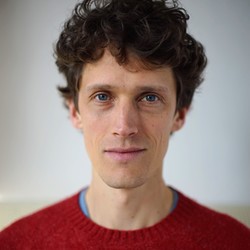
I’m an electronic structure theorist. I specialise in writing bespoke computer code to build models which represent messy, disordered materials. These materials are more difficult to simulate than perfect crystals because the symmetry that normally gives physics such predictive power are broken.
I find the mixture of statistical physics (all those atoms jiggling and wiggling!) and quantum mechanics (all those electrons zooming around) really exciting to imagine and simulate. This work will help us design the materials of the future.
Find links to my papers on Google Scholar, and my codes on github.com/jarvist.
On this website are my academic Blog Posts.
Interests
- Tight binding
- Path integrals
- Photovoltaics
- Statistical physics
Education
-
PhD in Solid State Physics, 2012
Imperial College London
-
MSci in Physics, 2006
Imperial College London